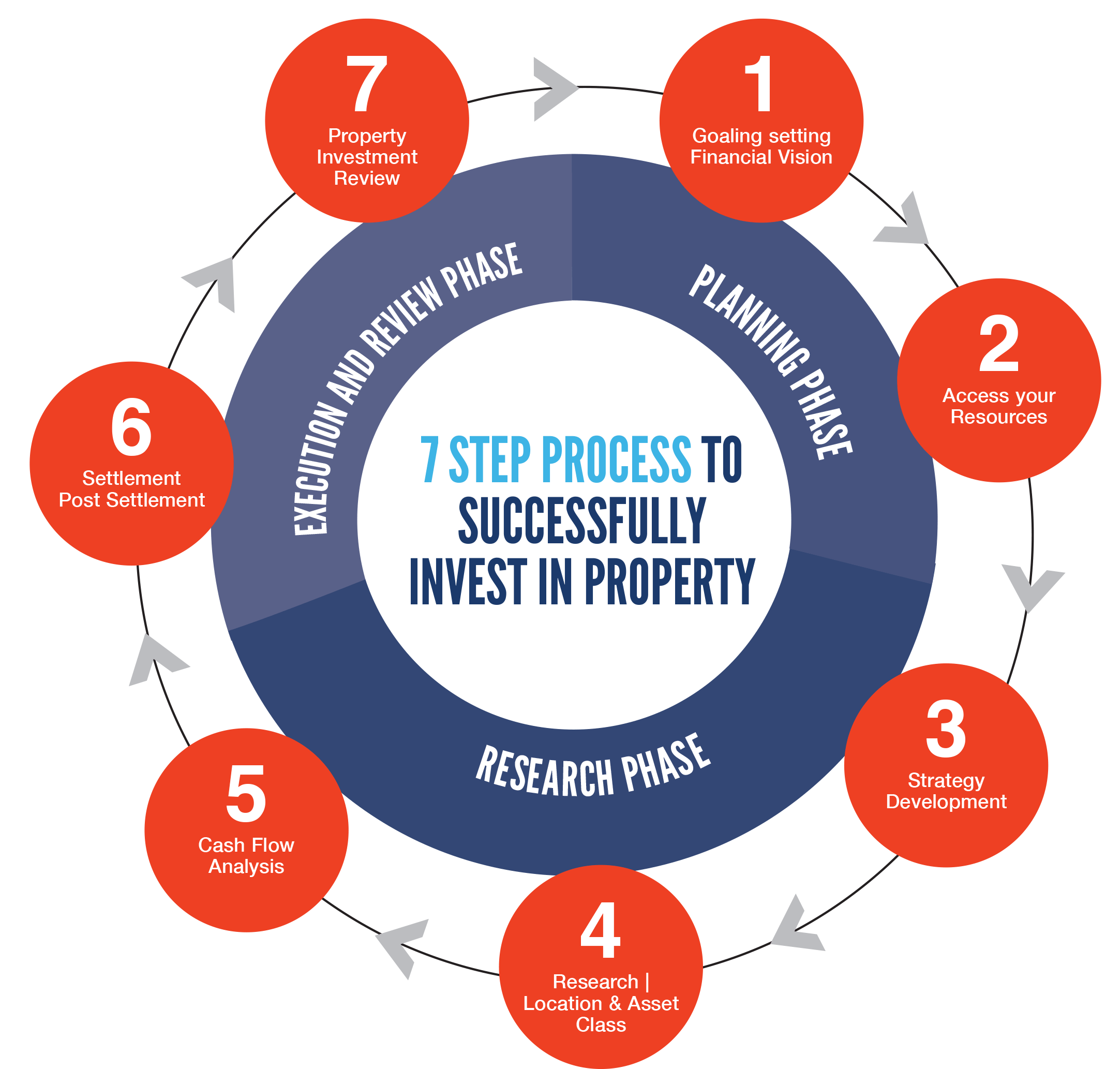Setting Up Your Investment Property for Success: A Step-by-Step Guide

Are you considering investing in a rental property, but not sure where to start? With the right strategy and preparation, investing in real estate can be a lucrative and relatively low-risk investment option. In this article, we’ll walk you through the steps to set up your investment property for success.
Step 1: Define Your Investment Goals
Before you start searching for a property, it’s essential to define your investment goals. What do you want to achieve with your investment property? Are you looking for a steady stream of passive income, long-term capital appreciation, or a combination of both? Understanding your goals will help you determine the type of property to invest in and the location.
For example, if you’re looking for passive income, you may want to consider investing in a single-family home or a condominium. On the other hand, if you’re looking for long-term capital appreciation, you may want to consider investing in a property in a gentrifying neighborhood or a area with a growing economy.
Step 2: Conduct Market Research
Once you have defined your investment goals, it’s time to conduct market research. This involves researching the local real estate market, understanding the demand for rental properties, and identifying areas with growth potential.
Some key metrics to research include:
- Rental yields: The return on investment (ROI) you can expect from renting out your property.
- Property prices: The average price of properties in the area and how they’ve changed over time.
- Vacancy rates: The percentage of properties in the area that are vacant.
- Local economy: The state of the local economy, including job growth, population growth, and infrastructure development.
Step 3: Choose the Right Property
With your market research complete, it’s time to choose the right property for your investment goals. Consider the following factors:
- Location: Look for areas with high demand for rental properties, good transportation links, and local amenities.
- Property type: Consider investing in a property that is in high demand, such as a single-family home or a condominium.
- Condition: Consider the condition of the property and whether it needs renovation or repairs.
- Potential for value-add: Consider whether you can add value to the property through renovations or upgrades.
Step 4: Secure Financing
Once you’ve found the right property, it’s time to secure financing. This involves getting a mortgage or loan to purchase the property.
Some popular options for financing an investment property include:
- Conventional loans: These are loans that are not insured by the government and typically require a 20% down payment.
- Interest-only loans: These are loans that allow you to pay only the interest on the loan for a set period of time.
- Private money loans: These are loans from private lenders that can offer more flexibility than traditional bank loans.





